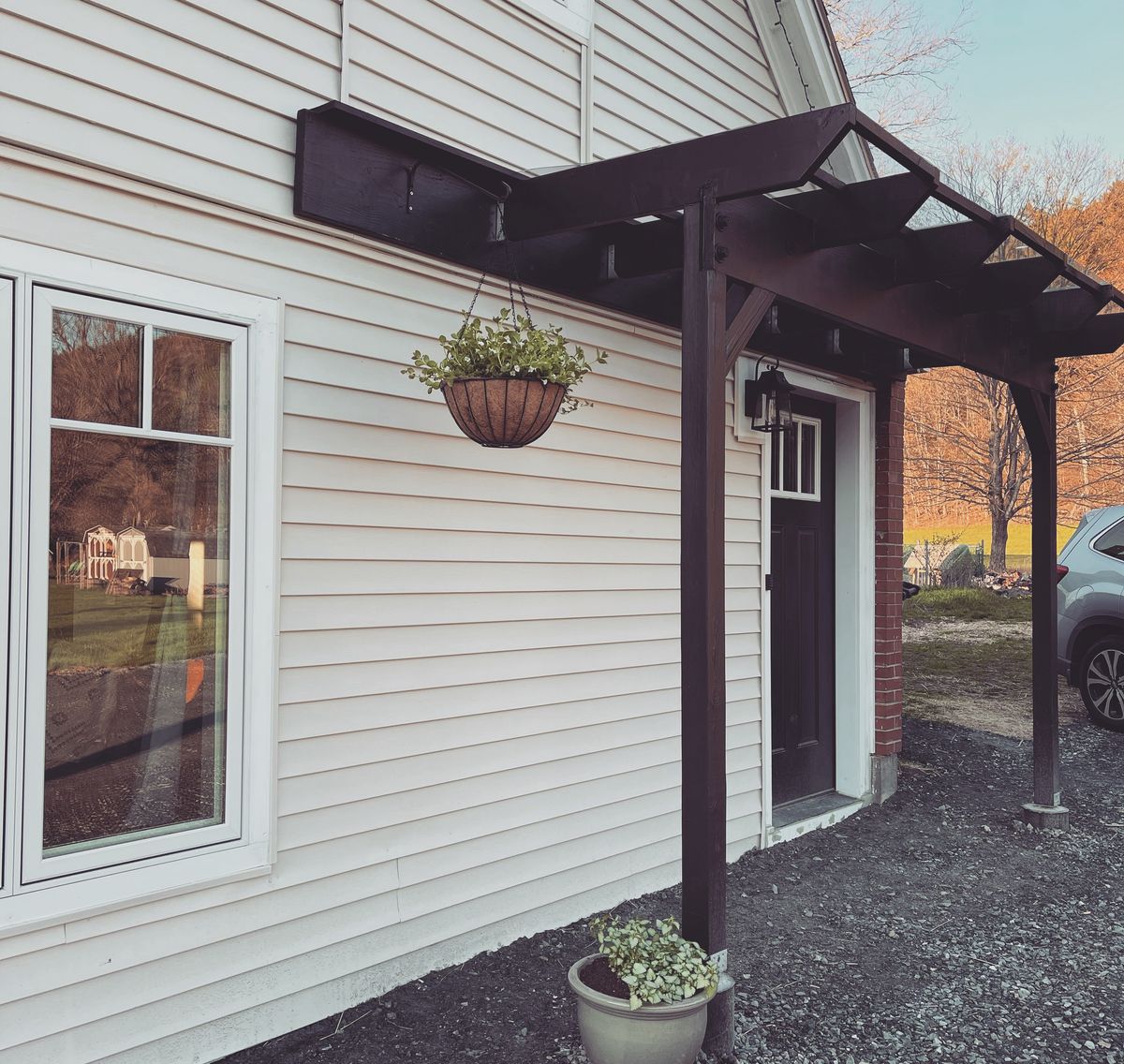A Thetford-based nonprofit housing initiative?
Solving Thetford's housing crisis will take a village.

It's no secret that there's a housing problem in the Upper Valley, and it has gotten worse with the pandemic. Kevin Geiger, Senior Planner at Two-Rivers Ottauquechee Regional Planning Commission, of which the Town of Thetford is a member, writes that the lack of housing is causing myriad challenges for the Upper Valley, including impacts to our schools.
Our demographics show that the region lacks young families and diversity. Without smaller, affordably priced homes, we won’t keep or attract young families, and they are the reasons that we have schools. Without more students, schools will continue to struggle to fill classes and will continue to consolidate, leaving a hole in civic life. For many small communities, schools are also their largest employer.
We need more housing but there are challenges there too, from the cost of land to the cost of building materials and a shortage of labor. While Gov. Phil Scott is planning $249 million to support housing in Vermont from the American Rescue Plan Act, only a fraction of that might support new units, and history tells us that communities with more infrastructure (like White River Junction or Burlington) are often the beneficiaries of such funding. Public water, septic, and transportation, plus higher-density zoning, make the per-unit cost of development lower than in communities like Thetford, where the need for private water or septic is often a deal breaker even for a single-family house. It can also be more affordable to live in places with walk- or bikeable access to stores and jobs, especially for those who can't drive or afford a vehicle.
In rural areas like Thetford, the preservation of remaining natural resources like important agricultural soils offers another, albeit important, road block.
How do we move forward? How does Thetford, whose Town Plan (Page 8) estimates a 200-300 shortfall in affordable owner housing (and that was before the pandemic and says nothing of rental units), survive as a livable community, let alone thrive, when declining enrollment in Thetford schools is a year-over-year concern and our population is aging?
In Post Mills, the Town recently gave up on a 7.8 acre property that, while technically suitable for development, was opposed to by residents as a site for housing. Even with support, the property was already a long-shot competitor for federal funding against more economical sites in communities with more infrastructure. It's a Catch-22: the infrastructure Thetford needs to be competitive for housing development is so expensive that it can only be supported by a larger population (aka, more housing). The hundreds of thousands of dollars estimated for upgrading the water line from the East Thetford Water Company's well to East Thetford, coupled with the few dozen off-takers the system supports, is a palpable example (which says nothing of other costs, such as the filtration system or the installation of street shut-off valves).
We're in a pull-yourself-up-by-your-bootstraps situation. The will and effort of private citizens is likely our only path forward. Village Center Designation and Neighborhood Development Areas may help incentivize some action, but again Thetfordites find themselves in competition with communities across Vermont for limited grants and tax credits, which in themselves, when awarded, only go so far.
My partner and I, through a strange series of unfortunate events and good luck, recently bought our first house. It's right in Thetford Center and at least five times bigger than the apartment we moved out of. We knew before closing that we didn't need all that space. The first thing we did, other than remove invasive plants from the front yard, was start work on converting the two-car garage into an Accessory Dwelling Unit (a fancy zoning term for an apartment attached to a single-family house, which only required a simple change of use permit and a small, one-time fee).
The unit, which is almost done, will not add the 20, 30, or 50 units of housing to Thetford's inventory the way a typical housing development project might in Lebanon or Hartford, but it will add one. That's one more than none, and it's a step. How many two-car garages are there in Thetford? How many forgotten barns or abandoned commercial properties? Using existing development footprints to create housing mitigates any additional harm to our soils, and can often tie in to existing water and septic infrastructure and reuse key components of a structure, such as the foundation, framing, and roof.
A small group of residents have begun discussing an idea for a Thetford-based nonprofit that could potentially develop and manage housing units by renovating or revitazliing existing structures. The success of just one project could help fund the next, and so on. A property owner that may have more than enough space to add a unit or two, but who lacks the knowledge or funds to do so themselves, could hand over the project to such a nonprofit and, in return, see some small, supplmental monthly income.
The group recently met with Geiger and talked about Act 250 and flood plains, about avoiding federal funding (which adds significant time and expense due to the many regulations and requirements that come with it) and historic preservation. There are more meetings with area nonprofits on the horizon as the group works to refine its mission and model. It has started exploring the feasability of a few potentially available properties as well.
One thing is for certain: solving the housing crisis will take a village (or in Thetford's case, plural villages).
